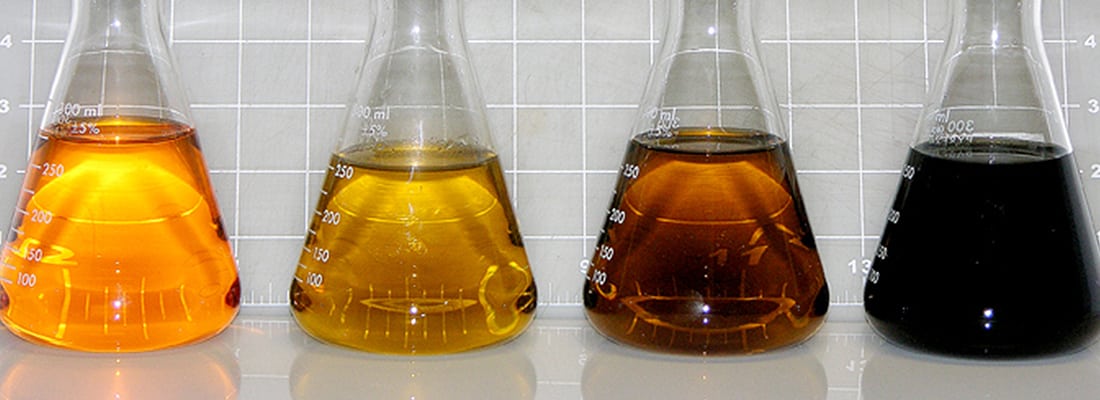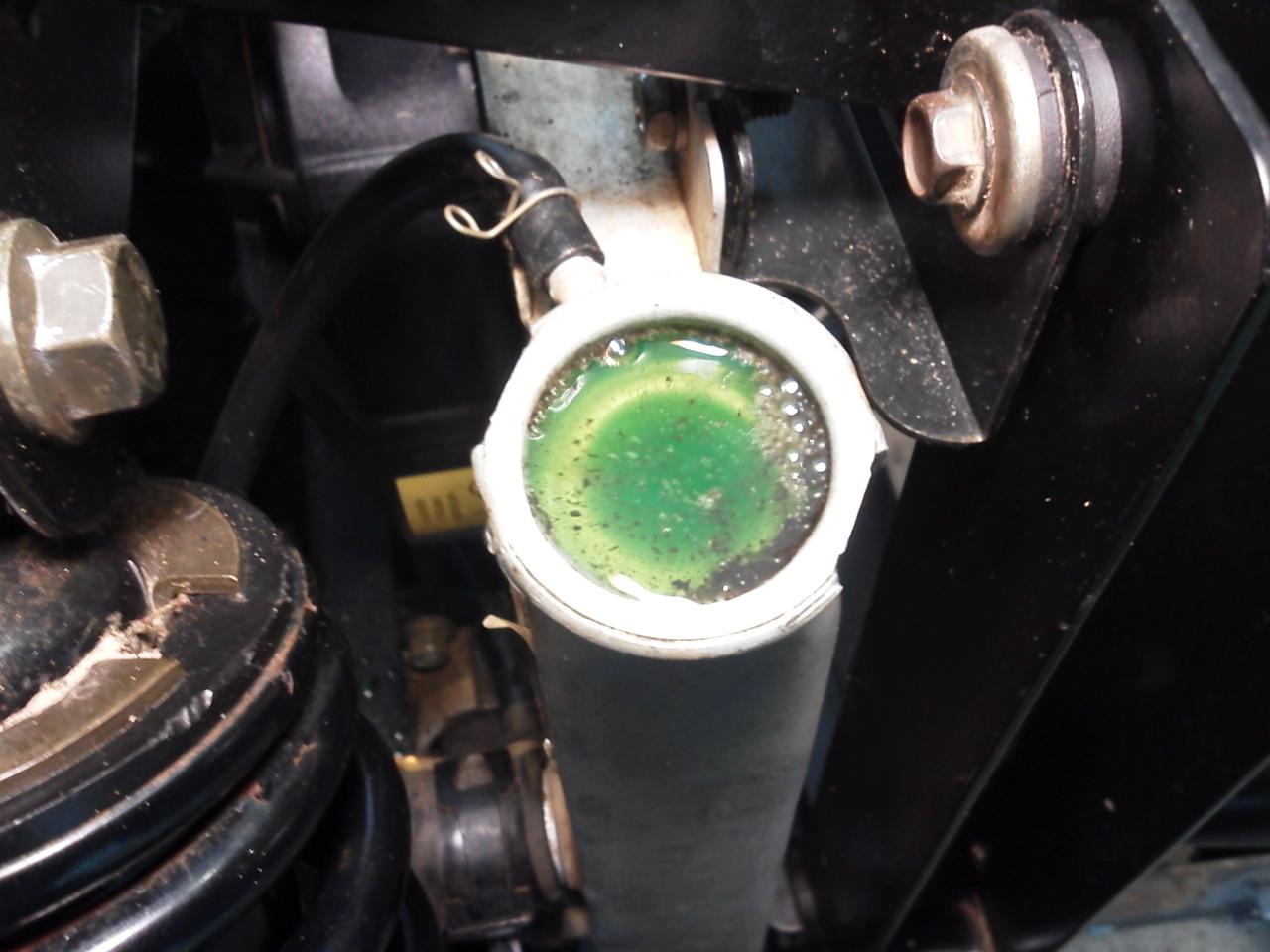
In order to find out whether the head gasket has failed, there are several various tests you may do. When this gasket is subjected to high temperatures and pressures, it is more likely to fail. Sealing the engine block from the cylinder heads as well as controlling coolant pressure and cylinder combustion are done by this gasket.

You will need to remove the intake manifold and inspect the gaskets to rule out this failure source.Īnother frequent issue that allows coolant into the engine oil is a blown head gasket. The intake manifold gasket on V6 and V8 engines can seep, letting coolant seep into the engine’s crankcase and mix with the engine oil. Head gasket failure is almost often to blame when this problem arises. Condensation may produce a tiny bit of milky oil that appears on the oil fill cap, although this is not common in engines used often. You may also peek under the valve cover with a flashlight to see any coolant in the oil. It is visible when the oil dipstick on the valve cover removes. Step 1: Inspect the Engine for Coolant for Any LeakagesĪs an outcome of the coolant-to-oil mixing within the engine, a color of a milky white or yellow oil is formed, which some call chocolate milk. Nevertheless, if the coolant did manage to seep into the engine oil, the resulting damage would be costly to fix. You’d be stuck in the middle of the highway if this happened. If your car’s coolant leaks even a little bit, it may cause an overheat and ultimate failure.
Oil in coolant how to#
Steps on How To Handle Leak Of Coolant In Engine Oil Unfortunately, the coolant can get into the transmission and may be severely damaged to the point that it requires replacement. It may lead to transmission fluid leaking into your coolant because of radiator-to-cooler cracks and the coolant turning pink and foamy in appearance. Transmission coolers are commonplace in cars equipped with an automatic transmission and often included in the radiator. Even if the oil cooler leaks, the engine will continue to run smoothly. In most cases, a blown head gasket will degrade the engine’s power. It may lead some to believe that the head gasket has blown. Typically, when the oil cooler malfunctions, the most noticeable indication is an oil accumulation in the coolant. However, turbocharged engines are more likely to have them.

When it comes to gasoline-powered cars, oil coolers are not prevalent.An oil cooler that isn’t working properly.If you run the radiator and the water pump with cold oil, it may cause damage. Cool oil has a thicker consistency than water. Check for leaks or damage in the radiator and water pump.It will be necessary to flush the entire cooling system.Naturally, you’ll have to get a new head gasket.You may require some repairs if the head gasket is blown, including: Using a compression test, you can determine whether or not your head gasket has blown.


 0 kommentar(er)
0 kommentar(er)
